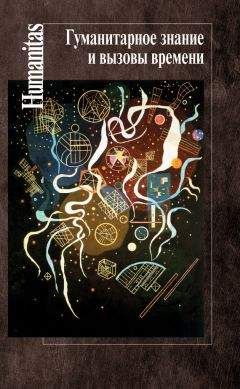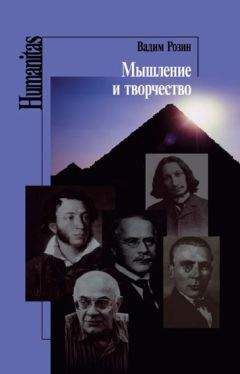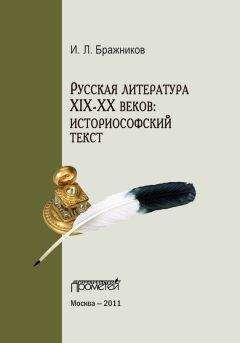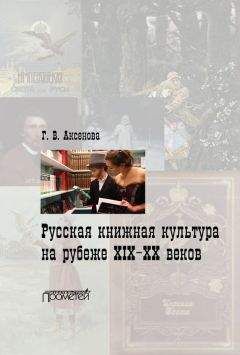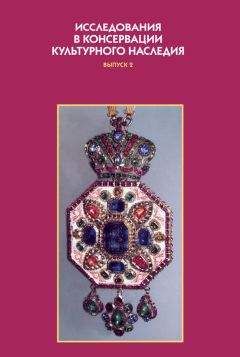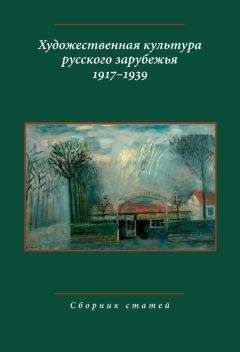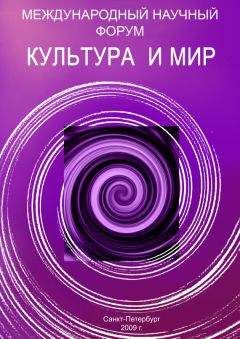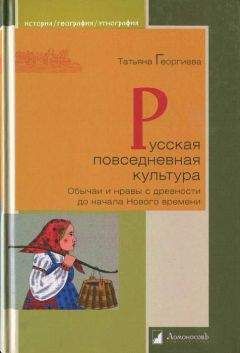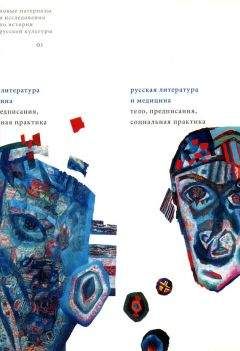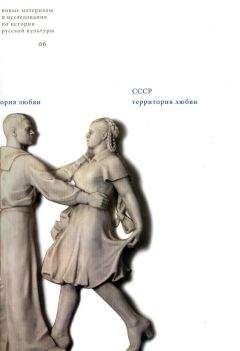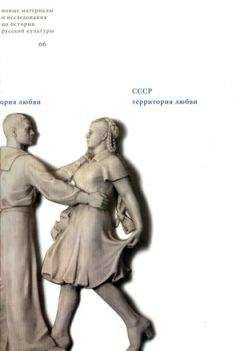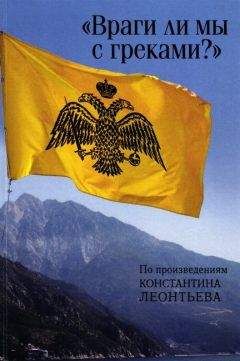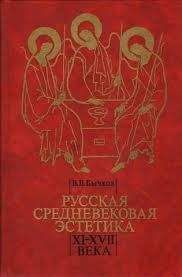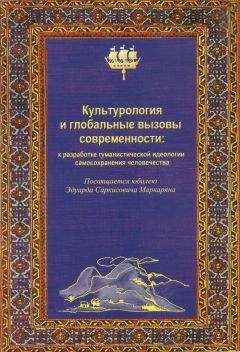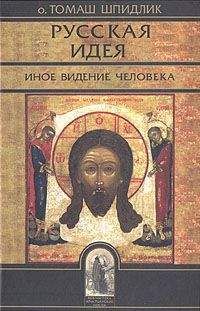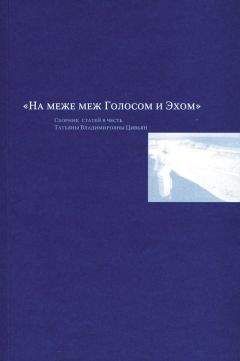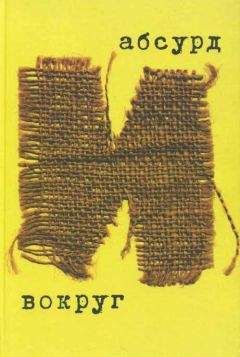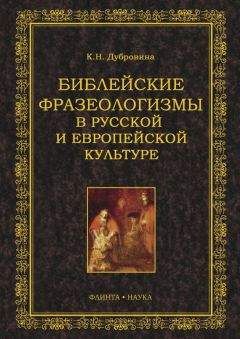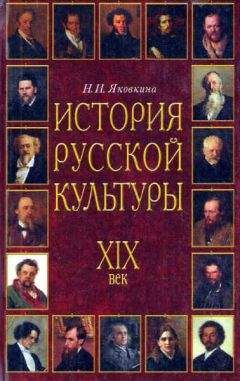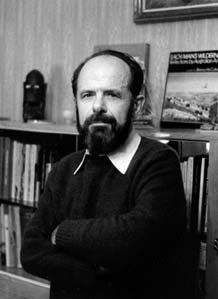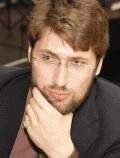Сборник статей - Софиология
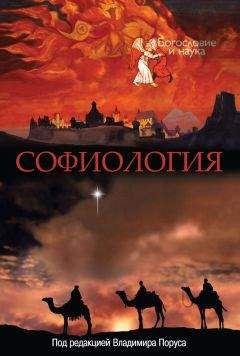
Все авторские права соблюдены. Напишите нам, если Вы не согласны.
Описание книги "Софиология"
Описание и краткое содержание "Софиология" читать бесплатно онлайн.
Русская софиология конца XIX – начала XX вв. – самобытное и примечательное явление мировой культуры. Вокруг него продолжаются споры, острота которых свидетельствует о непреходящей актуальности поднятых русскими софиологами проблем, важнейшие из которых – способность христианской цивилизации ответить на вызовы времени, необходимость единения человечества перед лицом нарастающих глобальных кризисов, обновление веры, поиски новой рациональности как культурной ценности, разумных оснований диалога между западным и восточным христианством, между христианством и другими мировыми и национальными религиями, между различными культурами.
Настоящий сборник составлен из докладов, представленных на международной конференции «Русская софиология в европейской культуре» (Звенигород, 1–5 октября 2008 г.), организованной Библейско-богословским институтом св. ап. Андрея и Институтом восточных церквей (Регенсбург) при поддержке Католического комитета по культурному сотрудничеству (Рим, Италия).
In the Justification of the Good, 1894–1899, is just one, yet meaningful reference to the cited above argument: as he regrets, Christianity has merely endorsed «cherubic» existence beyond marriage. Christianity has, as Solov’ëv regrets, merely deified marriage as an institution, worthy of man′s multiplication (cf. Lucas 34–36, First Corinthean, 7). However, there is a third, the «highest,» namely "God′s way" to look at spiritualised carnal love. In this context, he hints at the two writings just discussed, namely Plato′s Life Drama and The Meaning of Love.[147] After a sharp critique by Russian Orthodoxy,[148] he seemingly had decided not to broach the ideal content of corporeal love. In the Justification of the Good this form of love holds the place of negative, offending senses: "shame (styd)" epitomises the difference between human and the animals′ being. Even in the case of humanity′s multiplication, «shame» plays a role; many pages are concerned with this problem.[149] Solov’ëv situates the feelings of "shame (styd)," "pity (zhalost′)," and "reverence (blagogoveniie)" (respectively matching the moral principles of «asceticism,» «altruism» or «solidarity,» and «piety»), at one and the same axiomatic level. These three attributes conform to the conscience′s requirements. They constitute the three-unitarian foundation of «moral perfection.»[150]
Yet, in his encyclopaedic entry on Liubov′, 1896 – composed while Solov′ev was working on the Justification of the Good – he again specified carnal love to simultaneously manifest the «strongest form of individual self-affirmation» [corresponding to ascending love] and of «self-negation» [corresponding to descending love]. As such an ambiguous event, carnal love is the «highest symbol» [vysshijsimvol] of «the ideal relationship between personal and social principles.»[151] Though spiritualised carnal love does not serve humanity′s but the individual′s perfection, it nevertheless represents one of cornerstones of ideal society′s development. For Solov′ev society".is the supplemented or expanded individual, while the individual is the condensed or concentrated society."[152] As may be concluded, only perfected individuals – individuals experienced in spiritualising syzygy in order to experience holy androgynous being – may form ideal society, Already in Filosofskie nachala tsel′nogo znaniia, 1877, he had introduced a tripartite scheme of society: 1.) the "material society [materialnoe obsh-chestvo]" is located at the fundament, the "political society [politicheskoe obshchestvo]" occupies the midst, and the "spiritual [dukhovnoe]" or "holy society, the Church [sviashchennoe obshchestvo, Tserkov′]" tops both. As may be concluded, the third type of society appears to be the syzygial unification of the other two.[153] The «Universal Church» signifies unification of masculine and feminine elements, which correspond to Christ and nature respectively[154]
No scholar has yet presented a survey on his image of existence in pairs (syzygy) as something spread throughout his entire works. Solov′ v claims this Greek expression to best express his idea of "composition [sochetanie]."[155] Krasota v prirode,[156] 1899, briefly treats another syzygial phenomenon, namely beauty. Beauty is not at all an indefinable property and beauty is not an expression of mere subjectivity either. Beauty signifies another fertile form of syzygy, for the sun′s light elucidates matter. Nature′s elucidation by the sun denotes the unification of two elements that are independent from each other. Their unification radiates beauty.[157] Man′s self-consciousness relates to the animals′ as beauty in art relates to beauty in nature. Art is not a mere repetition of the artistic deeds begun by nature but their continuation by analogously creating syzygial unities between the lucidity of human ideas and nature.[158]
Syzygy opens out into Solov′ev′s metaphysically religious notion of Trinity. I call this interdependence between unity in pairs and Trinity a ′trinitarian double helix.′ This expression indicates the trinitarian structure of the cosmos, of the world, and of ideal society (the Universal Church, viz. Sophia). The (self-) realisation of the latter depends in turn on multiple unifications of opposites. Syzygy is the way of repairing dissociation. Syzygial unities generate «mystical» and / or «religious experience»[159] making man anticipate the ′sophianic′ social ideal.
To conclude:
1. Unification of opposites releases mystical experience. Mystical and / or religious experience thus denotes the individualisation of All-Unity, a unity that bears androgynous character. Conscious experience of syzygy generates, as I conclude, prophetic faith, a type of faith that is sufficient to bestow on people a befitting foundation of social life.
2. Conscious loving thus bears objective power that surrounds Creation in spiritualising nature, and vice versa, in materialising spirit. This is the central idea to Solov′ev′s notion of theurgy, which he did not elaborate into a redefined discourse. For him, theurgy apparently was a self-evident matter, since he made permanent use of it from the beginning without explaining it at any length. His encyclopaedic entry on mysticism (1896, Mistika, Mistit-sizm) explains: "Mysticism describes phenomena and human acts, which independently from the spheres of space, time, and physical causality relate man with mysterious creatures and energies (.) There is prophetic mysticism (.) and practical mysticism that attempts (.) to call forth plastic forms and materialise spiritual creatures, or de-materialise (spiritualise, KB) corporeality and such alike more."[160] 3.) Spiritualisation of nature thus is theurgy, for it unites the spiritual ′I′ with the ′empirical-I′ by means of dematerialisation and / or conscious spiritualisation. 4.) Divine Wisdom (Sophia) descends by virtue of syzygial experience and desirably indwells human consciousness. Co-creative activity springs from this peculiar type of experience that does not need to be rationalised, or exhaustively explained in order to improve personal and social life. As it stands, Christian faith in the trueness of the experienced is the sufficient condition to co-creativity that prepares free theocracy in a first and Sophia, the Universal Church, in second step.
Recalling Solov’ëv′s reading of Genesis I, his metaphysics of history, we remember that the state (symbolised by the moon) rules the dark, whereas the Church (as if the sun on the firmament) is installed in the midst of light. The third now, the multicoloured stars, correspond to prophets brightly lighting the way in the dark.[161] As we have seen, every man potentially is a prophet. Consequently, the Church′s natural allies are prophets, singular personalities who accelerate progress during history′s lengthy seventh day in order to arrive at an eighth when Universal Church, the archetype of God′s Creation, embodies Sophia and brings forth «social trinity.» «Social trinity» denotes another form of All-unity, namely trichotomy of powers in the name of one single principle.[162] Each representative of free theocracy has his own non-interchangeable sphere of action. The brilliant play on words Solov’ëv presented in order to unambiguously clarify the triple actions′ inter-dependence is untranslatable. The Russian word pravliat (to organise) is the fundamental lexical unit. Various prefixes modify the sense of the word: sviashchennik pravliaet (the priest, i.e. the Church governs) and therefore thus constitutes the legislative (KB). Tsar′ upravliaet (the king, viz. the state administers), thus constitutes the executive (KB). Last but not least prorok ispravliaet (the prophet, the people emends), hence constitutes the judicative (KB).[163] The prefixes na-, u-, and is- make the words convey a specific, non-interchangeable meaning while commonality is maintained in each by the word pravliat.′ This play on words mirrors separation of powers in free theocracy and designates «authority» the Church, «might» to the state, and «liberty» to prophets while each sphere arises out of and stays within the same principle.
The prophet is a "representative of future time."[164] Certainly, prophets play a very difficult, even risky role, for they ignite dynamics within the hierarchical body of the Church itself. Mere reproduction of the existing historical Church facing state and people is avoided only if individual religious creativity – irrespective of whether pronounced by members of the clergy or by lay people – is successfully communicated within the hierarchical body of the Church. The Church bears a conservative character by definition. As it stands, Solov’ëv calls for a reconciliation of nature and spirit, and of creativity and conservatism. These are the central forms of co-creativity. The Church must be successful in reconciling the individuals′ religious creativity and the Church′s proper conservatism. This certainly is a standard problem with regard to any «religious politics» and is a task that enjoys immense ecumenical importance in a world that is characterised by multi-cultural societies. These stand in dire need of reconciliation, a problem Solov′ev certainly well understood.
The next section looks at Bulgakov′s concepts of reconciling the created and the Uncreated, of Sophia. His Filosofiia khoziajstva, 1912, subtitled Mir kak khoziajstvo and the earlier, preparatory treatise Osnovnye motivy filosofii khoziajstva v Platonizme i v rannem khristianstve, 1911, present attempts at an ontology of economy.[165] Fundamental Motives discusses nature in Platonism and in early Christian thinking and prepares the Philosophy of Economy, a comprehensive work that was inspired by Bulgakov′s desire to «overcome» Marx′s «economic materialism.from within» by unmasking its limitations as an «abstract principle,»[166] an effort that recalls Solov′ev′s Kritika otvlechennykh nachal.
In Osnonye motivy filosofii khoziastva v pannem Khristianstve i v Platonizme, Bulgakov emphatically declares the Platonic ideas as to have fulfilled a similar function as does Heaven. Yet, neither Plato nor the Neo-Platonists successfully built a ladder between spirit and matter, but instead left a dreadful abyss between them. Christian thought then offered answers to questions posed by Plato and substituted impersonal erotic ascent by Christ′s personal love. Christianity substituted the Platonic «ideas» by the Divine Sophia.[167] Of course, such a sentence requires further elucidation of Bulgakov′s sophiology
For most scholars, theologians or philosophers, concerned with Bulgakov it has become almost a commonplace to differentiate either between the creaturely and the heavenly Sophia (the former bearing shares of the latter), or between an earlier (more philosophical) and a later (more theological) conception of it. In either case, the first conception does not appear as perfectly reconcilable with the second. In my view, the Russian Bulgakov specialist Sergej Khoruzhij most clearly has understood the solution to this problem. As he suggests, the Bulgakovian Sophiology substitutes the «impersonal» Platonic «all-Unitarian ontology» by an ′all-Unitarian personal ontology [my expression, KB].′ He ascribes Sophia – correlating to the Aristotelian ousia – to each of the three hypostases respectively.[168] By simple logics, this three-fold construction defines the heavenly and the creaturely Sophia as signifying one and the same. The ′sophianic′ nature of God reaches out into the world. In Ipostas′ i ipostasnost′, 1924/25, the dichotomy of the created and the Uncreated is explicitly at stake. This writing shows the development of a hierarchy in Bulgakov′s vision of the different incarnations of Sophia. Those modes and forms are what he calls a «hypostasis,» viz. the essential nature of a substance as opposed to its attributes. Ipostasnost′ denotes the potentiality of someone or something to turn into a hypostasis, i.e. to incarnate the Godly substance, Ousia-Sophia, on Earth.[169] In this text, Bulgakov comprehensively discusses her modes and forms from the highest in God to the highest on earth, which, of course, is the Church.[170]
Already in his early Philosophy of Economy Bulgakov maintained, "(t)he purpose of economic activity is to defend and to spread the seeds of life, to resurrect nature. This is the action of Sophia (italics mine, KB)."[171] He explicitly refers to Nikolaj Fedorov s obshchee delo: «The content of economic activity is not the Creation of life but its defence, its resuscitation from a deathlike state.»[172] My analysis thus wonders: How is resurrection possible? What exactly is resurrection and what is its relation to cognition? My analysis turns around this complex of questions.
The foreword of Philosophy of Economy refers to Solov′ev′s notion of «religious materialism.» We read that it refers back Athanasius of Alexandria, Gregory of Nyssa, and other fathers of the Church, whose teachings, as Bulgakov regrets, merely present "dead capital: "…"economic materialism," on the one hand, and «idealistic phenomenalism,» on the other hand, were built on its «ruins.»[173] Let us now attempt to understand what Bulgakov made from these «ruins.»
In Svet nevechernyj, 1916, a writing that testifies to his becoming more and more a theologian, Bulgakov explicitly refers to Gregory of Nyssa′s teachings on Creation and on resurrection:[174] Gregory developed the idea of Creation in two acts: «general» (obshchee) and «partial» (chastnoe) Creation, viz. Creation «in the beginning» and in a second step during the «six days.» Bulgakov quotes: «In the beginning God created the heaven and the earth. And the earth was without form, and void: and darkness was upon the face of the deep. And the spirit of God moved upon the face of the waters.»[175] «In the beginning» then is another expression for «Sophia.» Creation began in «Sophia;» she is «potentiality,» is a "unity of opposites, a coinicidentia oppositorum (italics mine, KB)." This way Sophia is «doublecentred,» the Sophia is the «architect» of the earth and simultaneously is «transcendent» to it, for the world is created within the distance between heaven and itself. The difference between both, between «idea» and «matter,» is the «foundation» of Creation. The establishment of a «living ladder» connecting Earth and Heaven is the final goal of the world′s historical process."[176] Following Gregory of Nyssa, Bulgakov maintained, too, that after God′s first Creational act further development of the Created takes place only by constant «creative participation» of matter (material), i.e. of the Earth (zemlia) itself. Sophia is the marrow of «Godearth» (bogozemlia). Sophia is the true «apotheosis» of matter as the birth of life originates herein.[177] Thus, the present world is good as God′s creation, but is not yet perfect. Creation has not ended yet, but the bogochelovek is entitled to continue Creation. How did Bulgakov define co-creatorship?
Подписывайтесь на наши страницы в социальных сетях.
Будьте в курсе последних книжных новинок, комментируйте, обсуждайте. Мы ждём Вас!
Похожие книги на "Софиология"
Книги похожие на "Софиология" читать онлайн или скачать бесплатно полные версии.
Мы рекомендуем Вам зарегистрироваться либо войти на сайт под своим именем.
Отзывы о " Сборник статей - Софиология"
Отзывы читателей о книге "Софиология", комментарии и мнения людей о произведении.






